Zhengshan Xiaozhong (Lapsang Souchong): The World’s First Black Tea from Wuyi Mountains
Discover the rich heritage of Zhengshan Xiaozhong (Lapsang Souchong), the original black tea born in China’s Wuyi Mountains. Explore its unique pinewood-smoking process, smoky-sweet flavor, health benefits, and expert brewing techniques.
1. A Historic First: The Birth of Black Tea in Wuyi Mountains
Zhengshan Xiaozhong, internationally known as Lapsang Souchong, traces its origins to the mid-16th century in Fujian’s Wuyi Mountains. Legend has it that during a Ming Dynasty military campaign, soldiers temporarily halted tea production, unintentionally allowing the leaves to oxidize. In a rush to preserve them, local villagers smoked the fermented leaves over pinewood fires, giving birth to the world’s first black tea.
Meaning of “Zhengshan Xiaozhong”: Literally “authentic mountain small leaf variety,” this term designates teas grown exclusively in Tongmu Valley, a protected ecological region within Wuyi.
Global Influence: By the 17th century, Lapsang Souchong had become a key export on the Silk Road, laying the foundation for England’s afternoon tea culture and inspiring black tea production in India and beyond.(www.developers.google.com)
2. From Leaf to Legacy: Traditional Production Techniques
The Classic Five-Step Process:
Handpicking: Tender leaves of Camellia sinensis var. bohea are plucked in early spring.
Sun-Withering: Leaves are spread under sunlight to reduce moisture and activate enzymatic oxidation.
Rolling: Light rolling breaks cell walls and releases juices.
Fermentation: Controlled oxidation transforms the leaf color to coppery red.
Pinewood Smoking: The hallmark step—tea is smoked over pinewood fires in a traditional three-tiered wooden kiln, imparting its signature smoky aroma.
Smoked vs. Unsmoked Varieties:
Traditional (Smoked): Bold aromas of campfire, longan, and roasted chestnut.
Modern (Unsmoked): Honeyed sweetness and subtle floral notes—preferred in Western markets.
3. Flavor Profile: A Smoky-Sweet Symphony
Lapsang Souchong’s flavor is bold yet elegant, with complex aromatic layers:
Primary Notes: Pine resin, burnt sugar, roasted walnuts
Undertones: Dried longan, cinnamon, hints of citrus or bergamot
Texture: Full-bodied, with a velvety, lingering mouthfeel
Pairing Recommendations:
Western Cuisine: Smoked meats, aged cheddar, dark chocolate
Asian Dishes: Peking duck, stir-fried vegetables, dim sum
4. Health Benefits: More Than Just a Tasty Brew
Backed by modern research, Zhengshan Xiaozhong offers several health advantages:
🫀 Cardiovascular Support: Rich in polyphenols and theaflavins, which enhance blood vessel elasticity and reduce LDL cholesterol.
☕ Gentle Energy Boost: Contains theophylline, providing steady focus without the crash of high-caffeine drinks.
🧬 Antioxidant Power: Fights oxidative stress and supports cellular health.
A 2023 NCBI study linked regular Lapsang Souchong consumption to improved cholesterol profiles and reduced heart disease risk.
5. Brewing Guide: How to Enjoy Zhengshan Xiaozhong
To fully experience this tea’s complexity, traditional brewing is essential.
Recommended Brewing Method (Gongfu Style):
| Parameter | Details |
|---|---|
| Teaware | 110 ml Gaiwan (lidded Chinese bowl) |
| Tea Amount | 5 grams |
| Water Temp | 90–95°C (194–203°F) |
| Ratio | 1:20 tea-to-water |
Infusion Timings:
1st–3rd steeps: 5 seconds each
4th–6th steeps: Increase gradually—10s, 15s, 20s
Rinsing: Not necessary if sourced from reputable vendors
Conclusion: Why Zhengshan Xiaozhong Still Matters
With over 400 years of legacy, Zhengshan Xiaozhong is more than just a tea—it’s a symbol of innovation, cultural heritage, and timeless craftsmanship. Whether you savor its smoky complexity or admire its historical roots, each sip tells a story that stretches from ancient Wuyi to modern teacups around the world.
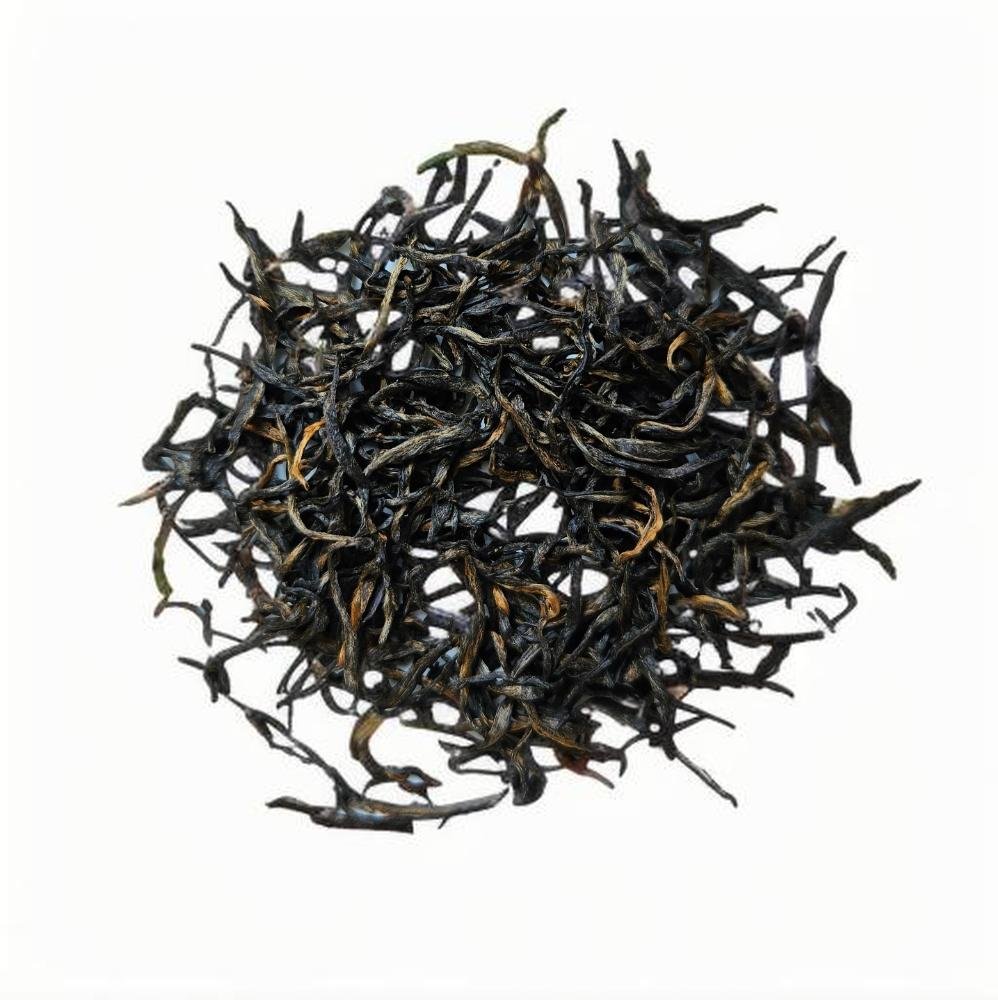
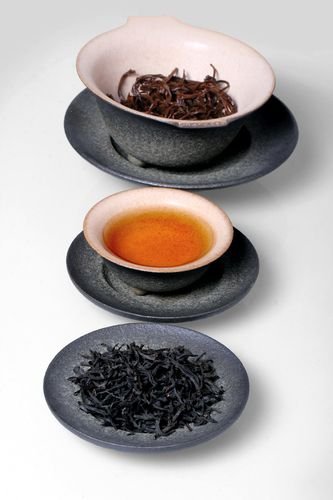
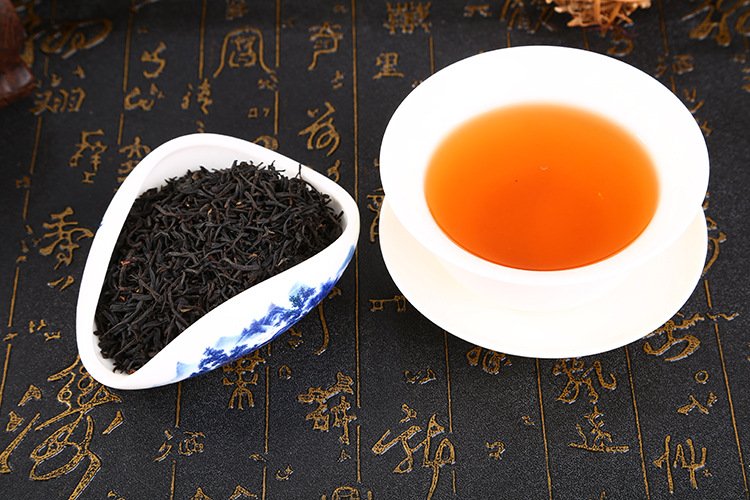
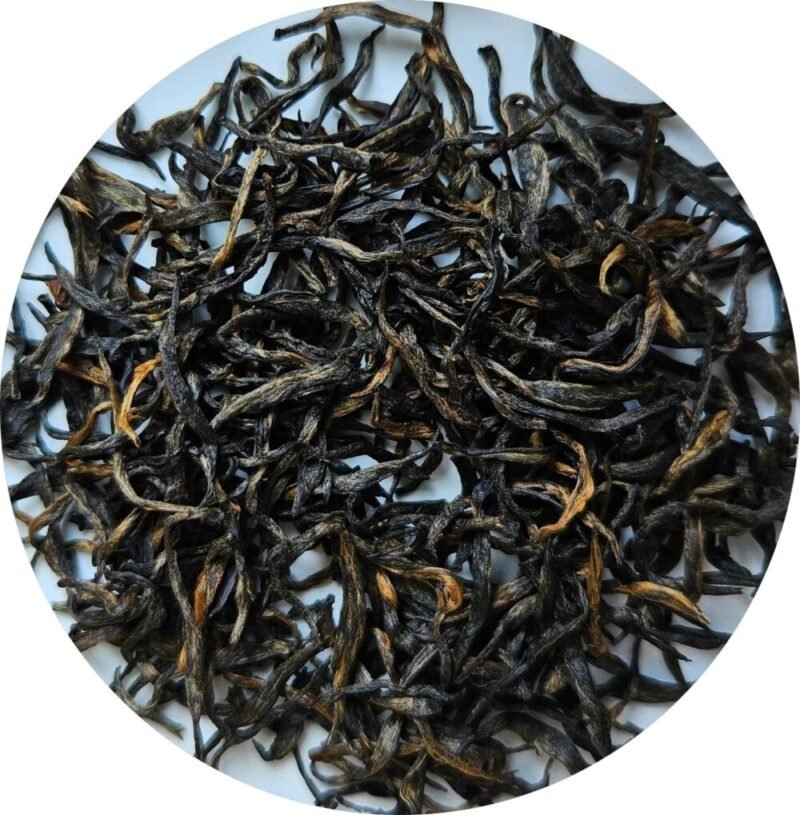
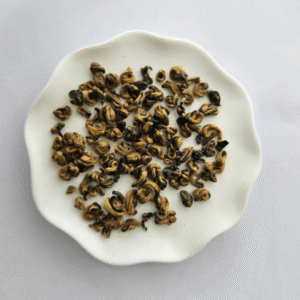
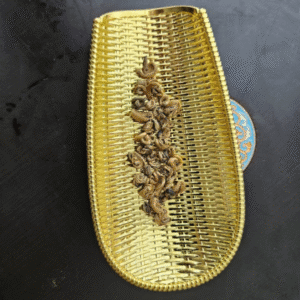
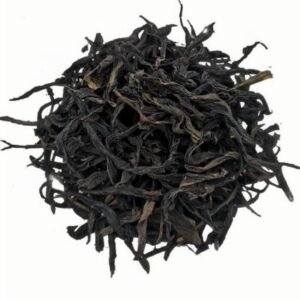
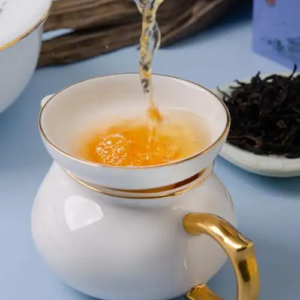


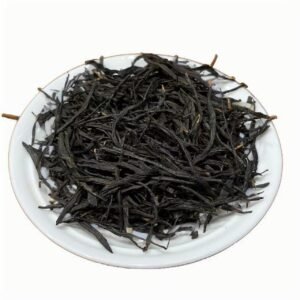

teddylong511 –
Lapsang Souchong features a mellow and sweet palate, with longan aroma, smooth entry, and a lingering aftertaste.